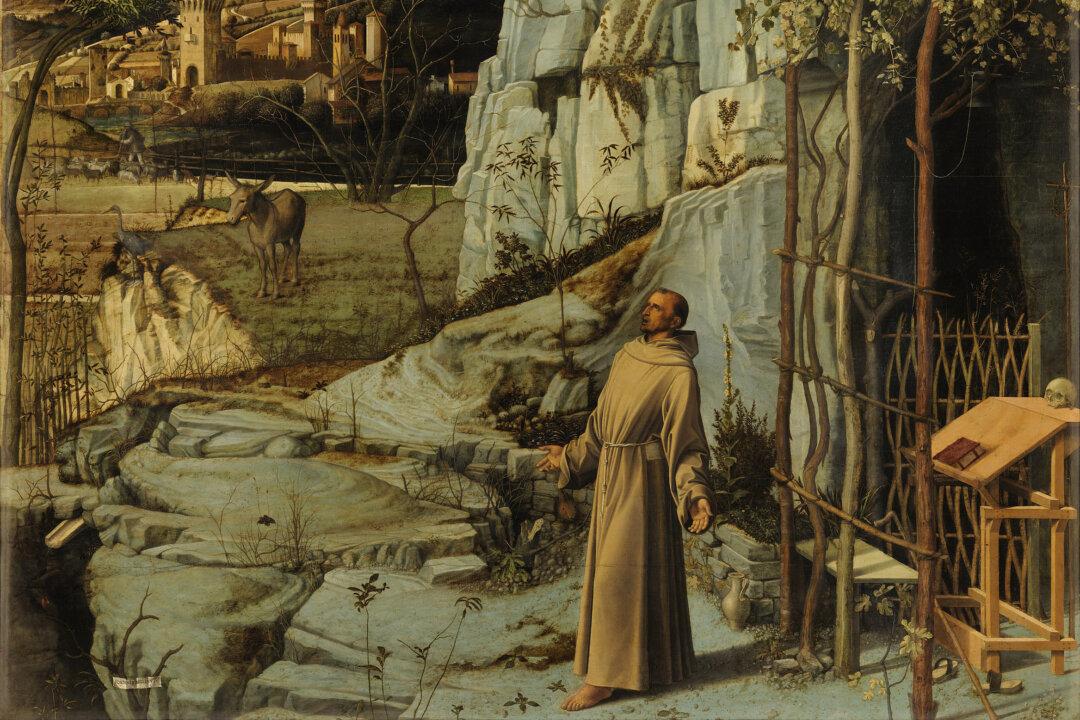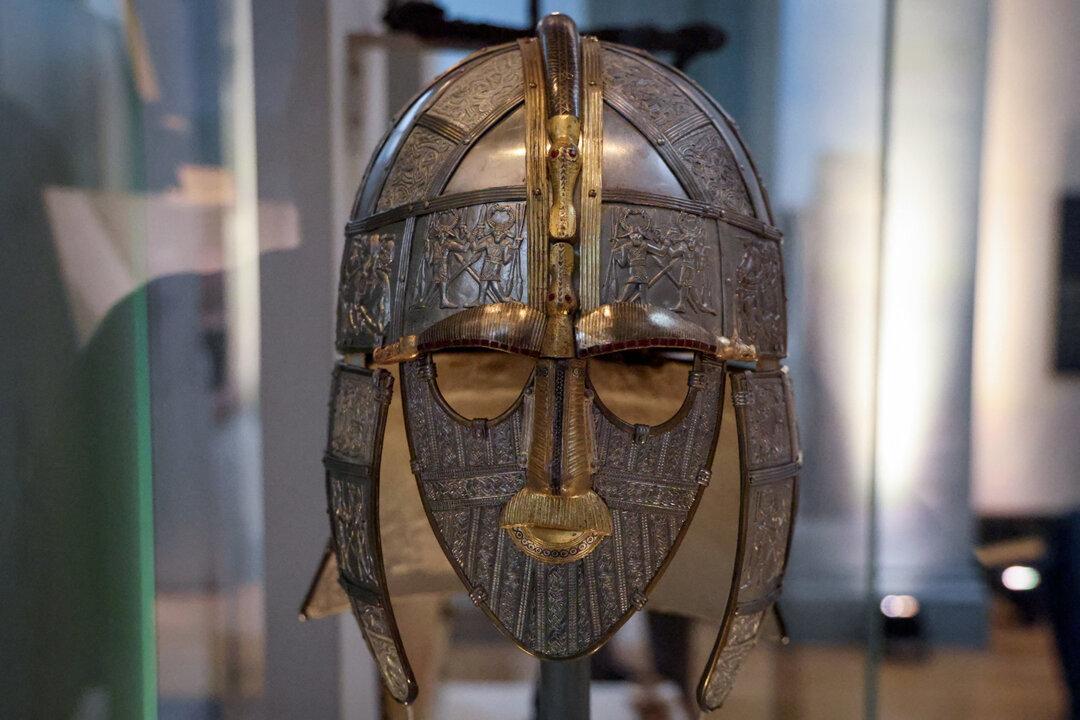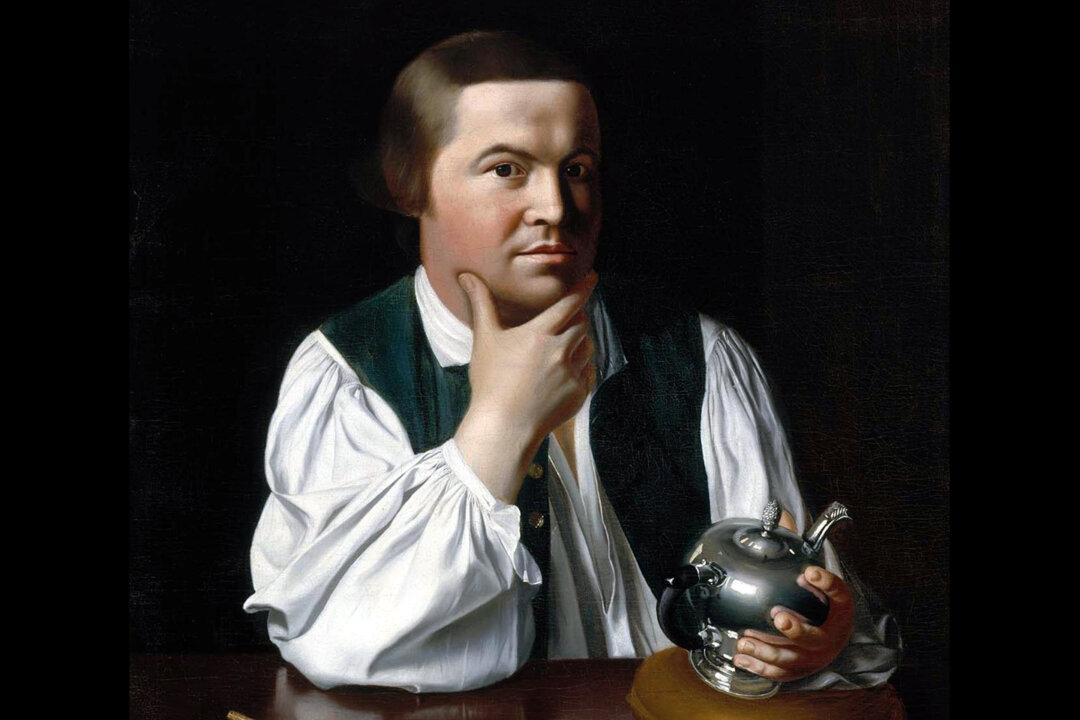The permanent collection of Museo de Arte de Ponce in Puerto Rico contains one of the most noteworthy holdings of Victorian and Pre-Raphaelite art to be found outside of the United Kingdom. The Museum’s founder, Luis A. Ferré, assembled this spectacular collection from the late 1950s through the mid 1970s, a time in which these types of artworks were sorely out of fashion. However, during the Victorian age when these works were originally created, they were hugely popular.
An artistic figurehead of this era was Lord Frederic Leighton (1830–1896). During his lifetime, Leighton’s meticulously painted, virtuosic artwork garnered international interest. His first major painting was bought by Queen Victoria. As his career prospered, he advanced through the Royal Academy of Arts, eventually becoming its president. Shortly before his death, he was ennobled, the only British artist to be awarded this honor.





